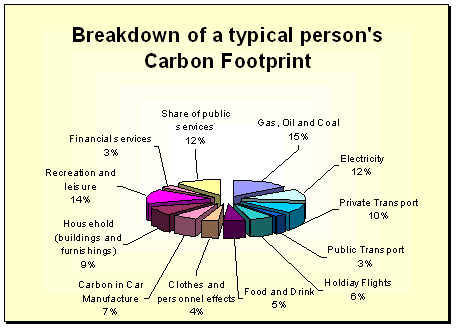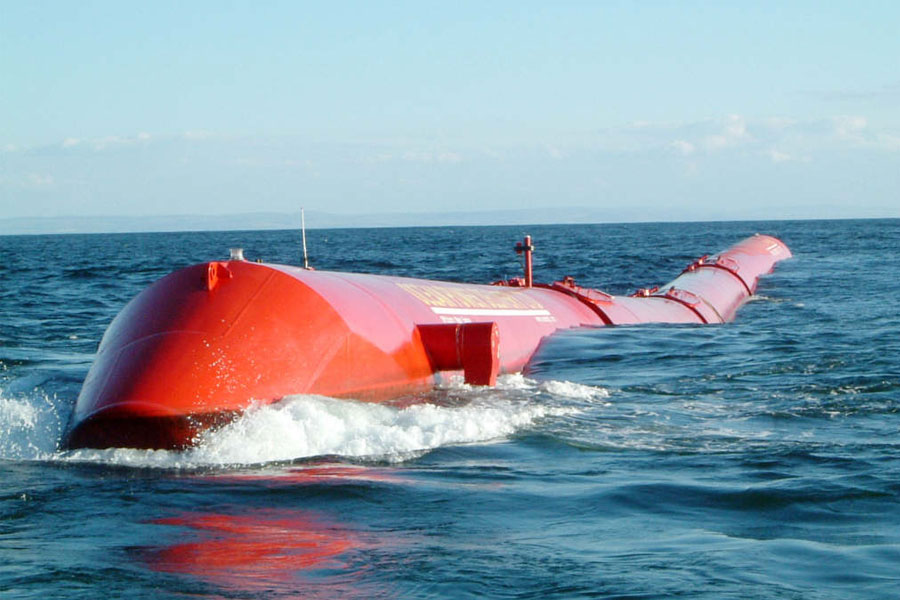What are the advantages and disadvantages of traditional agriculture/ aquaculture techniques and sustainable agriculture/aquaculture techniques. (Economics and environmental impacts.)
AGRICULTURE
- Agriculture also called farming or animal husbandry, is the cultivation of animals, plants, fungi, and other life forms for food, drugs, biofuels, fiber, and other products used to sustain human life.
- It keeps natural resources open, Farmers farm for the love of farming and not for money.
- Farmers don't make a lot of money from profits, and it's very stressful.
- If they don't have the proper pivots and expensive irrigation systems then they have to rely on natural water and sunlight.
SUSTAINABLE AGRICULTURE

- Sustainable agriculture is the production of food, fiber, or other plant and animal products using farming techniques that protect the environment, public health, human communities, and animal welfare.
- Food produced using sustainable agriculture is more nutritious.
- It's poison free, grown without using pesticides.
- Tastes better, and stays fresh longer.
- Disease and pest resistance, and lower input costs for farmers.
- Smaller yields.
- Long cultivation times.
- Takes longer, with more skill required to plant.
- Higher market for crops grown using sustainable agriculture.
AQUACULTURE
- The raising of animals of the cultivation of aquatic plants for food.
- Growing concerns, concerns surrounding fish farming arise from the crowding of fish together in an artificial environment.
- Environmental impact, mangrove forests are being destroyed to make shrimp and fish farms.
- Creation of thousands of jobs.
- Fresh reliable, year-round source of farming.
SUSTAINABLE AQUACULTURE
- Sustainable aquaculture is the cultivation of fish species for commercial purposes by means that have a neutral or positive impact on the environment, contribute to local economy, and generate an economic profit.
Judge potential impact of sustainable techniques on environmental quality.
Sustainable techniques are a good way to prevent pollution and harmful effects on the environment, when using sustainable techniques the goal is to have a positive impact on the environment and to contribute locally and help the economy thrive. I believe that sustainable techniques are more efficient than traditional farming which can use pesticides and such to create a better yield or to keep bugs off of plants. With traditional aquaculture areas are being destroyed to create space for fish and shrimp farms.











